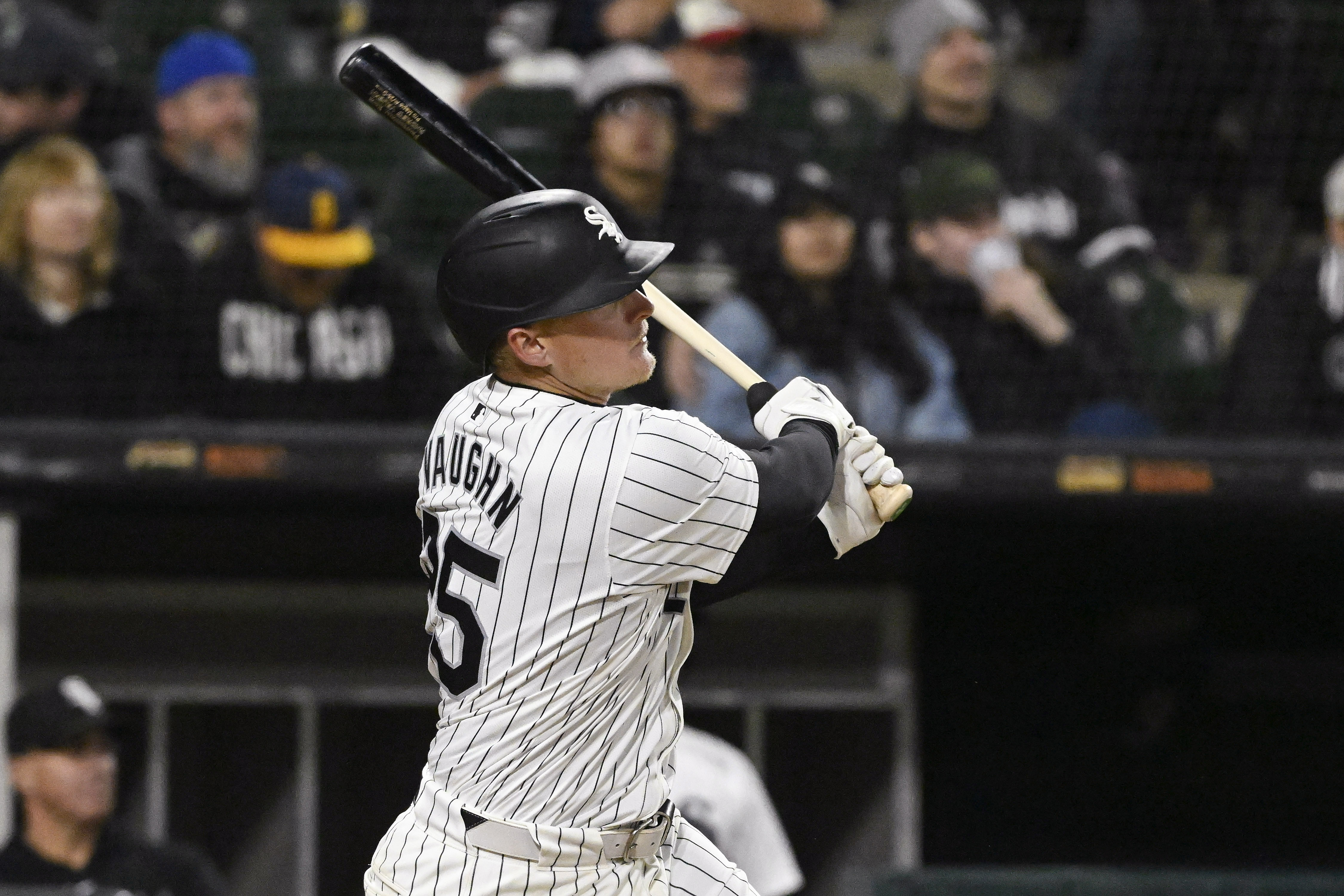Every September, sports fans are eager to see which teams will clinch postseason berths in Major League Baseball, and every year they are greeted by two critical words:
Every September, sports fans are eager to see which teams will clinch postseason berths in Major League Baseball, and every year they are greeted by two critical words:
Magic Number.
The magic number is a number used to determine how close a team is to clinching either a playoff berth or a division title in Major League Baseball. The number continues to go down all the way until it hits zero, and champagne bottles pop and teams celebrate their chance at October glory.
But how does it work?
To calculate a magic number, you need two ingredients. The first is the number of wins that the first-place team in the standings, whether it be the wild card or the division, and the second is the number of losses that the second-place team has on a given day.
Here are the American League Central standings, as an example:
Chicago White Sox – 80-59
Chicago Baseball
Cleveland Indians – 68-69
Now that we have the two key numbers of 80 and 69, it’s time to calculate the magic number. To do that, plug the numbers into this equation:
Feeling out of the loop? We'll catch you up on the Chicago news you need to know. Sign up for the weekly Chicago Catch-Up newsletter.
163-minus-(Division leader wins + Division runner-up losses)
That equation would give us a magic number of 14 for the White Sox, meaning that any combination of White Sox wins and Indians losses that adds up to 14 would clinch the division title for Chicago.
Here are a couple of other notes to keep in mind:
-The magic number can never go up. It can only remain the same, or go down.
-When the magic number hits 1, it means that the team has clinched no worse than a tie for their division or for a wild card spot.
-Speaking of wild card spots, the calculation changes very slightly when computing this magic number. In this scenario, the magic number would be calculated by adding together the number of wins the wild card team has and the number of losses that the third place team has in those standings, since two teams can win wild card spots. From there, that sum is subtracted from 163, and the magic number is calculated.



